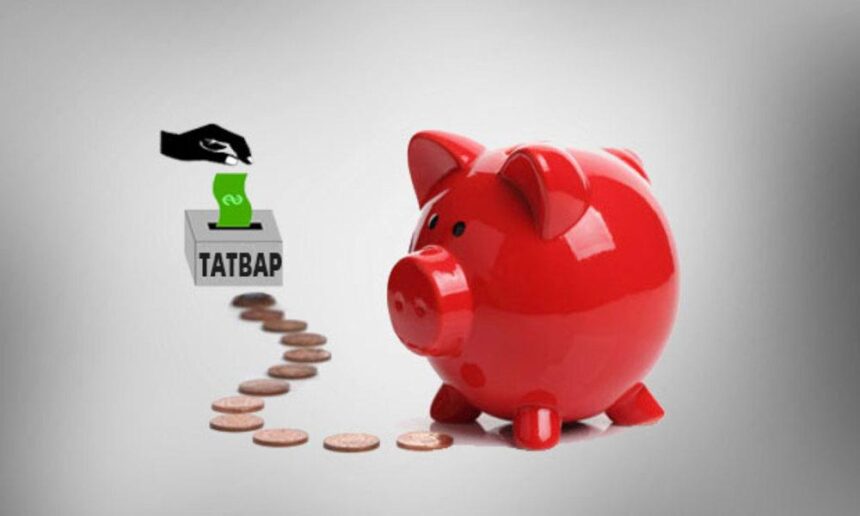The economy of an entire county is measured by its GDP or the final selling price of all the goods and services produced during that year. It can also be calculated by adding together all the products and services purchased, all investments, government spending, and net exports. Government spending is measured by the entire fiscal budget expenditures, and for countries like ours with a deficit it is evened out with domestic and foreign loans. In Mongolia government spending is equal to half of its economy.
If so, then where does the Government get all of this capital? Tax revenues make up 80% of the Mongolian government income with the remaining 20% coming from non-tax revenue streams. VAT makes up 33% of tax revenues, income taxes make up another 20% (with a ratio of 1:3 of personal to corporate), and the remaining is composed of other taxes, fees, and payments. Something else unique about Mongolia is that the mining sector makes up one third of all tax revenues.
Due to the fact that VAT is a steady income stream that makes of one third of all tax revenues the Mongolian government doesn’t like to decrease this tax even in times of economic difficulty. From the start this tax was consumption based and has deviated from the goal of monitoring, making it an unclear and frustrating tax for businesses and has been the unique vehicle for most government corruption for quite a while now.
DEFORMED CONTENT
Our country has adopted sales taxes through a change in the VAT law on January 6th of 1998, and came into practice on July 1st of the same year. In a country like Mongolia where most of the economy was hidden, cash transactions were the majority, and sales taxes weren’t paid in full the introduction of a consumption tax such as VAT led to many disputes and the law was revised multiple times. VAT levels were at 10% when first introduced, then 13% that same year, 15% in 2000, and were reduced back to 10% in 2006. Until now not only has the VAT has been revised 31 times but there have been 26 separate laws approved regarding exemption from this tax. Companies with an annual income of over US$ 10 million are required to pay this tax.
This tax has various names depending on country including value added tax, consumption tax, as well as goods and services tax. VAT expresses the value added at each stage of production, and it is a control mechanism to be paid by the seller on behalf of the buyer. Thus the final consumer pays the tax in full. If coordinated properly VAT can show who produced what, and through tax returns is seen as reducing the tax layers and being more fair than sales tax. However, in our country a large majority do not pay this tax, which leads to the tax content being distorted, and the media has reported for years on the embezzling of public funds through the use of fraudulent tax voucher because the system has not been made electronic.
According to reports from the National Registry Department of the 54,335 companies operating in our country only one fifth or 10,838 have submitted their III quarter reports. Not every company pays VAT and the fact that it is calculated for all imported equipment is a point of contention for the private sector. Thus the proposal to raise the minimum revenue levels for VAT payment to MNT 50-250 million and include articles regarding investment has been submitted to Parliament and the periodic revisions are going to be implemented.
NEXT STEPS
In developed countries with an established tax system the income tax revenues from individuals and companies is usually two or three times more than that of VAT. These countries have no minimum revenues levels, so everyone pays VAT but for social welfare goods and services are included in a list of exemptions. Some countries even pay taxes in brackets.
However in developing countries, like Mongolia, individual income taxes don’t make up even 10% of tax revenues while VAT makes up about one third. Developing countries such as ours where the tax system is not set and we cannot collect taxes from each individual tend to set up a minimum revenue level but even then with a large percentage of people not paying these taxes the monitoring system doesn’t work properly and as such this tax has in fact become a way to avoid taxes.
This VAT is designed to allow for the monitoring of who is adding what value so, in a country like ours, in order to encourage everyone to pay this tax the minimum revenue levels should be removed and the VAT levels should be drastically reduced (until 3%). This way individuals and businesses will start paying this tax and the size of the shadow economy will decrease. If we can successfully do this then the tax revenue base will increase in size and the economic cycle will expand. However, maintaining a comparatively high VAT level for domestic and foreign companies is an important tool in promoting the competitively of the private sector as well as strengthening market relationships.
The tax percentage has to be decreased so that every citizen in Mongolia pays this tax.
2014.11.12












